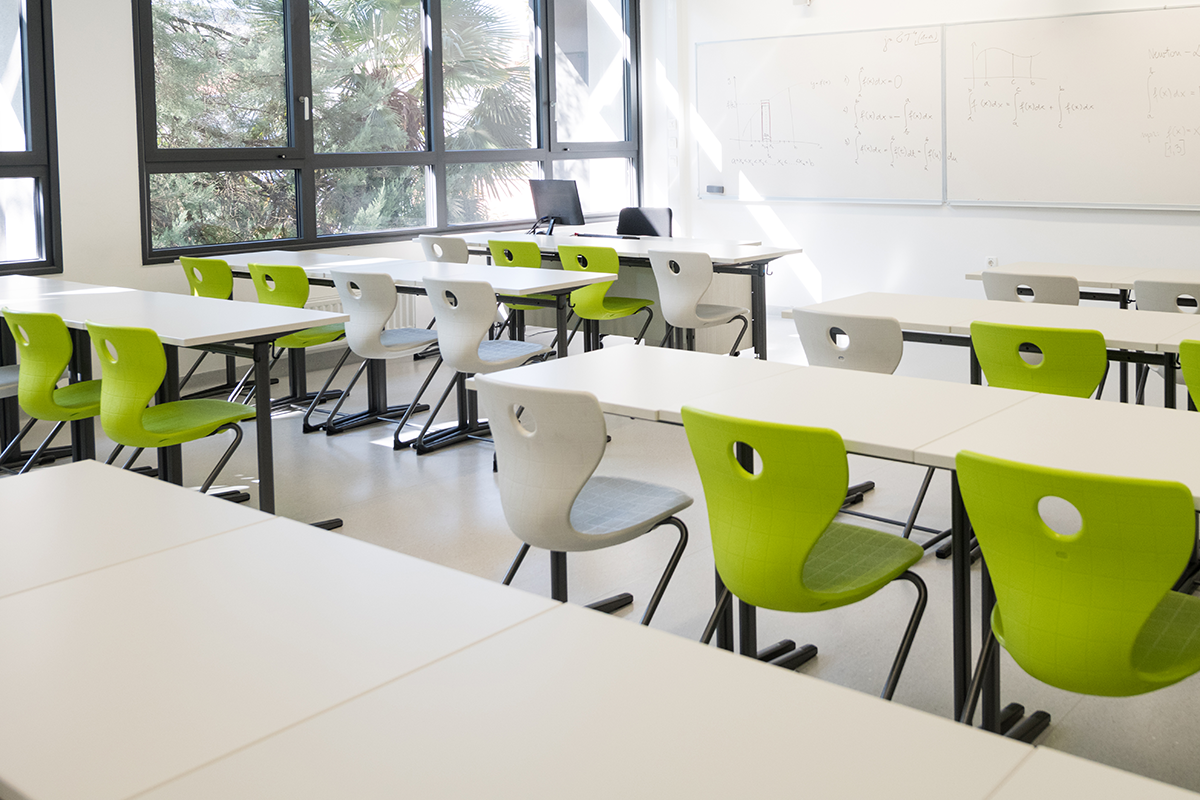While the proposed Feb. 1 deadline for districts to apply for Gov. Gavin Newsom’s Safe Schools for All plan has passed, conversations around school reopening continue to dominate the education policy landscape.
The Governor’s plan has faced significant pushback from school officials, labor unions and legislators in Sacramento. During initial budget hearings on the proposal, legislators reiterated their support for goals of the Governor’s plan but echoed school leaders’ concerns. Many noted that they had heard from districts they represent that they would not be able to apply for the funds.
School leaders have expressed frustration with moving targets from the state and the short timeline outlined in the Governor’s plan, which would leave little time to gather community input, negotiate with bargaining units, acquire PPE, upgrade HVAC systems, recruit staff, organize logistics and prepare to perform critical public health functions. On the issue of funding, districts have objected to the use of Proposition 98 education dollars for non-instructional purposes and questioned whether the $2 billion allocated for the Safe Schools plan is sufficient to cover the required testing cadence for students and staff. Furthermore, the plan as proposed contains no minimum grant guarantee for small school districts.
Superintendents of California’s seven largest school districts issued a letter criticizing the plan on Jan. 6, raising equity concerns that providing additional funding to schools able to resume in-person learning would only provide extra funding to wealthier schools while punishing those in low-income communities. At the same time, labor representatives have objected to returning to campus in areas still in the high-rate purple tier and before teachers and staff are vaccinated.
With the Feb. 1 application date passed without movement in the Legislature, the Newsom administration has signaled that it is open to negotiation and substantive changes to the proposal. The Legislature also remains receptive to taking action: Assembly Budget Chair Phil Ting (D-San Francisco) has introduced Assembly Bill (AB) 10, which would require schools to publicly present a plan to resume in-person learning within two weeks of their county moving into red, orange or yellow tiers beginning in March. As the budget process moves forward, we may see the two plans merge.
Alongside other management groups, CSBA submitted a letter to the Governor in January that reiterates support for a safe return to in-person instruction and outlines the key components for that safe return. The letter highlights aspects of the plan that must be addressed in order to maximize LEA participation, particularly funding levels, testing cadences, support for schools that are now open, liability protection and alignment with California Department of Public Health guidance regarding consultation with labor, parent and community organizations. As negotiations continue, CSBA will continue to work with the Legislature and Gov. Newsom to lay out a path to safe reopening that responds to the needs of California’s schools and students.





